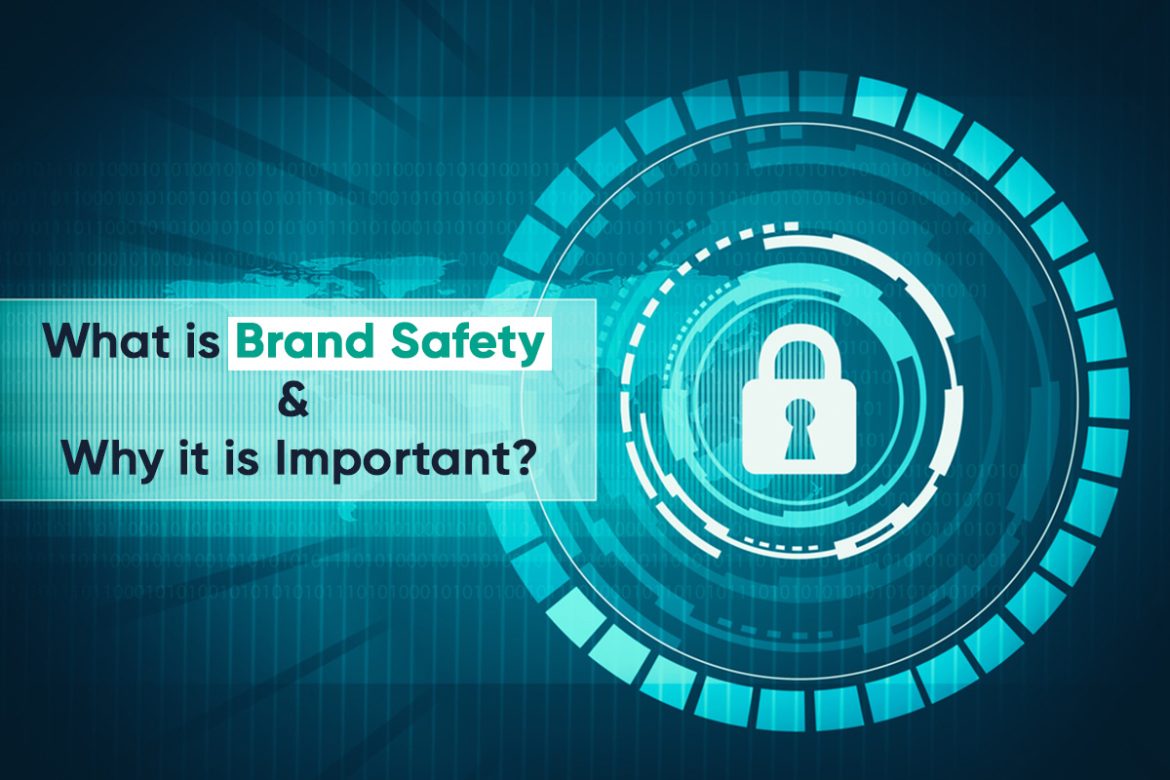There is no dearth of harmful or inappropriate content on the internet. Association of a brand with such content can have a significant adverse impact on its image. Such an association most commonly occurs when a brand’s ads get placed next to unsafe or unsuitable content.
This article discusses what is brand safety, why it is important for brands and what are the available measures to ensure it.
What is brand safety?
Brand safety means avoiding a brand’s association with content that is generally considered harmful, and thus can tarnish its image and reputation. Such content falls under the generic harmful categories such as hate speech, military conflict, terrorism, obscenity, illegal drugs, crime, spam, piracy, etc.
Along with brand safety, brands are now also focusing on brand suitability. For a brand, ensuring brand suitability means avoiding association with content that is inappropriate for its unique nature of business and values. For example, an ad of a candy appearing next to the content talking about tooth problems poses brand suitability issue for that brand.
Why is brand safety important?
For a business of any size, brand safety is a critical aspect. Below are given some of the main reasons that make it clear why brand safety in programmatic advertising is crucial for a business:
Image damage
Whenever an ad of a brand appears adjacent to unsafe or unsuitable content, consumers form a negative opinion of the brand, leading to damage to its reputation. In today’s time, negative opinions of people spread very rapidly because of the social media.
So, due to association with harmful content and posting on social media, brand awareness will definitely get boosted, but in a negative way. The damage to brand image will have far-reaching negative consequences, affecting brand’s sales in both short term and long term.
Loss of existing customers and difficulty in getting new ones
In order to acquire new customers and retain existing ones, it is very important for a brand to have a good image. Association with harmful content tarnishes brand image, which in turn leads to losing out to competition. Existing customers of such a brand tend to leave it and move to a competitive brand with a good reputation. This loss of loyal customers that the brand has gained over the years is definitely a serious one.
Brand not only loses its credibility in the market but also any already established authority. A healthy ad environment is conducive to drawing a positive opinion from consumers about the brand, thus facilitating acquisition of new customers and building consumer trust in the brand.
Waste of money
When ads are placed against content that can be categorized as unsafe or unsuitable, they are shown to the wrong people, i.e., those who are least interested in viewing and engaging with them. This leads to ad budget getting wasted. The right consumers present on brand safe sites are left out from being targeted.
What brand safety solutions are available?
There are different types of brand safety solutions available to protect a brand’s image. Some of them are discussed below.
Keyword-based blacklists
This is a traditional approach to protect a brand’s association with unsafe content. It involves creating of a list of webpages or websites that contain blacklisted keywords. Marketers avoid placing ads against content having keywords enlisted in the blacklist.
Keyword-based solutions fail to understand the context in which a keyword has been used in the content, thus often leading to over-blocking of content and killing of advertising campaign’s reach.
Whitelist
A whitelist is a list that includes only those webpages or websites that are considered fully safe for a brand’s ads. For instance, to ensure brand safety on YouTube, a whitelist of safe video or channel pages can be created. This method has certain limitations. As only those webpages or sites are targeted by an ad campaign that are present in the list, reach of the campaign is considerably reduced. Moreover, regular curation is required to include new brand safe content in the list.
AI-powered contextual brand safety technology
Contextual brand safety solutions that are powered by artificial intelligence (AI) offer the most effective way to ensure brand safety in programmatic advertising. AI-powered solutions make use of powerful machine learning algorithms and carry out in-depth analysis of all types of content, viz. text, audio, image and video.
They are able to understand nuances in context and thus prevent over-blocking of content, leading to a significant increase in reach in comparison to other brand safety solutions. AI-powered solutions make it easier for marketers to ensure both brand safety and brand suitability at the same time.
By ensuring brand safety and brand suitability, a brand can build and maintain a positive reputation and authority in the market, which in turn helps in customer acquisition and sales generation.
